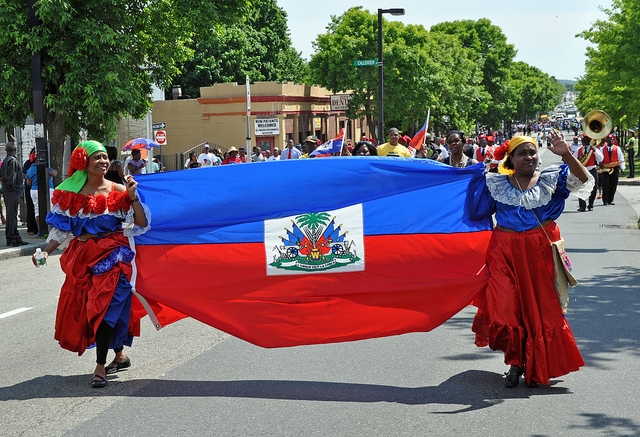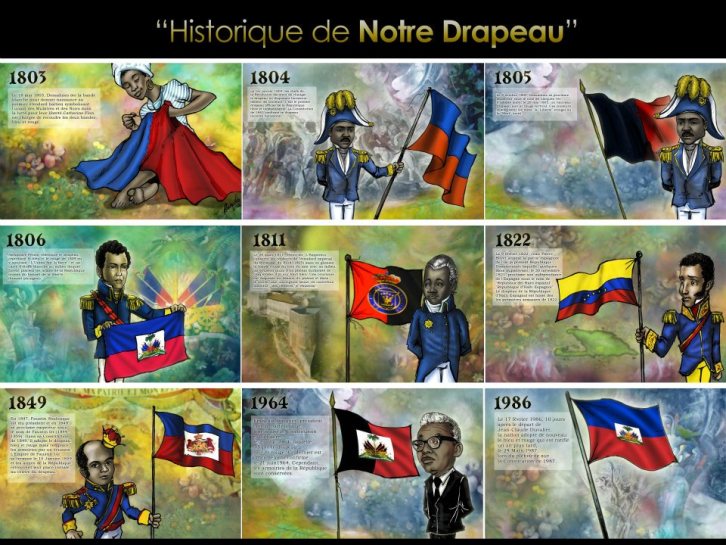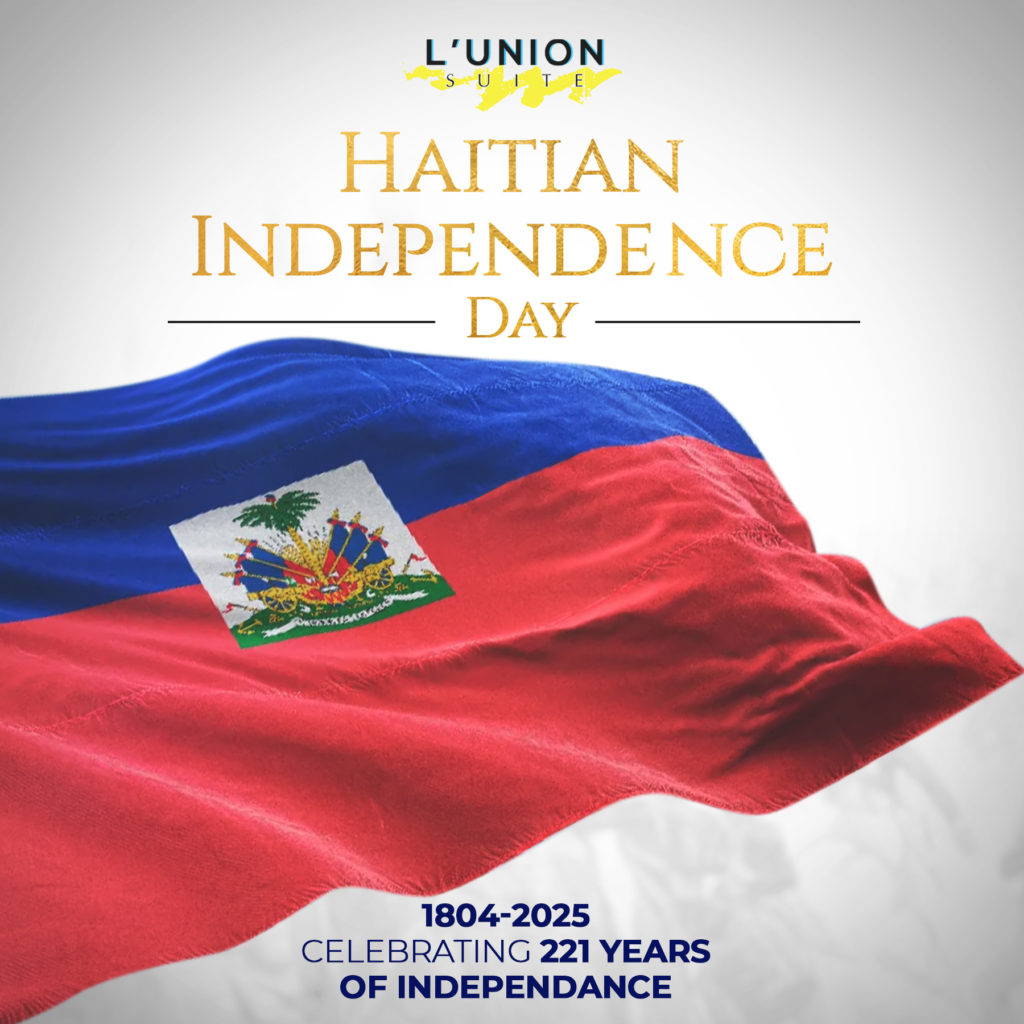Tommorrow is Haitian Flag Day, are you ready to celebrate and show your pride?
In Haiti and throughout the US, Haitian Flag Day is a major national holiday celebrated with great fanfare on the grounds of the national palace. In The United States for example, teenagers whether in High School give homage to the red and blue by carrying it around with them or on their persona for at least a week.
According to Haitian Times:
Tomorrow is May 18, Haiti’s Flag Day, but many of us don’t know the history and meaning behind this flag that has become the defacto Haitian American day in the United States. It is celebrated in small and large Haitian enclaves. We often don’t give history lessons in this column, but we thought it was apropos on this occasion to shed some insights.
The slaves who were fighting for freedom in the old colony of St. Domingue decided to unite under one flag after they realized that the mulatoes from the North had one flag while the blacks from the south and west had theirs.
After establishing a line of command between the forces of Jean Jacques Dessalines and Alexandre Petion, it became evident there was a need for a flag for this indigenous army. So on May 18, 1803, Petion and Dessalines at the small town of Arcahaie, 50 miles north of Port-au-Prince, with the high ranking officers commending mainly in the West and the surrounding areas.
For most people in the colony, the French flag blue, white and red represented the three classes, blacks, white and mulattos. Dessalines took the French flag and in a brisk movement tore the white out and ask Catherine Flon, a young girl of the area, to stitch together the blue and the red, side by side. And so, a new flag was created.
In the 1805 Constitution, Dessalines specifically stated: “…Any argument about skin colors among children of the same family should immediately stop…From now on, all Haitian people will be known as Blacks.” Then the flag was modified with the blue on top and the red at the bottom. While historians and poets have given different interpretations of this flag, the most common was the national union of black skin and light skin, commonly called mulatto, although there remains a long list of skin shades indentifying Haitians, more often to avoid Dessalines’s Black general categorization.
When Pétion succeeded Dessalines in 1806, he personally designed the coat of arms of the Republique that was placed at the center of the flag along with the motto: “L’Union fait la Force” [There is strength in unity]. Ironically, observed Max Beauvoir, “at that moment the country was so profoundly divided. Two governments were recognized: a Kingdom of the North and a Republic to the South. These conditions lasted until Pétion’s death in 1818”. Petion’s flag armory is dominated by the Royal Palm with the red bonnet at the tip of its spike. This Royal Palm represents the ‘POTO MITAN’, [the central column] that support figuratively the weight of the nation’s freedom. The flags and military trophy seated on a green top of a globe with the inscription in French, “L’Union fait la force” [In Union is Strength] or in Haitian Kreyol, “Ansanm nou fò”, are accessories to the dominant importance of the Royal Palm. Unfortunately, the symbolism of the Royal Palms was never thought in school or mentioned even on Flag Days by any of the numerous intellectuals, educators, historians who have exalted the flag.
It is not surprising that the destruction of all the Royal Palms of the Champ-de-Mars and at the Palm Park were not considered as a crime of lese-majesty. More importantly the non-informed Haitian people did not know that by destroying the Royal Palms they were systematically bringing down the country’s visual allegorical strength. `Moreover some people believing in heraldic influences have long ago contested the white square in the middle of the flag. on the occasion of the 150th anniversary of the flag, the armory was embroidered directly on the blue and red on the flags on top of the national palace and carried by the Army battalion.
Dr. Janice Boucicault, an African-American who once married a Haitian, believed that the Haitian flag does not belong to Haitians only but to all people of Black or Negro descent. She said: “Let’s all be friends for the sake of freedom, liberty and justice for all human beings. And let’s Haitian flag day be not only a day to celebrate the anniversary of the creation of the Haitian flag, but a day of friendship and harmony for a better tomorrow.”
Have fun and be safe tomorrow everyone!!!
To Read The History Of Each Of The Haitian Flags Go Here.

































